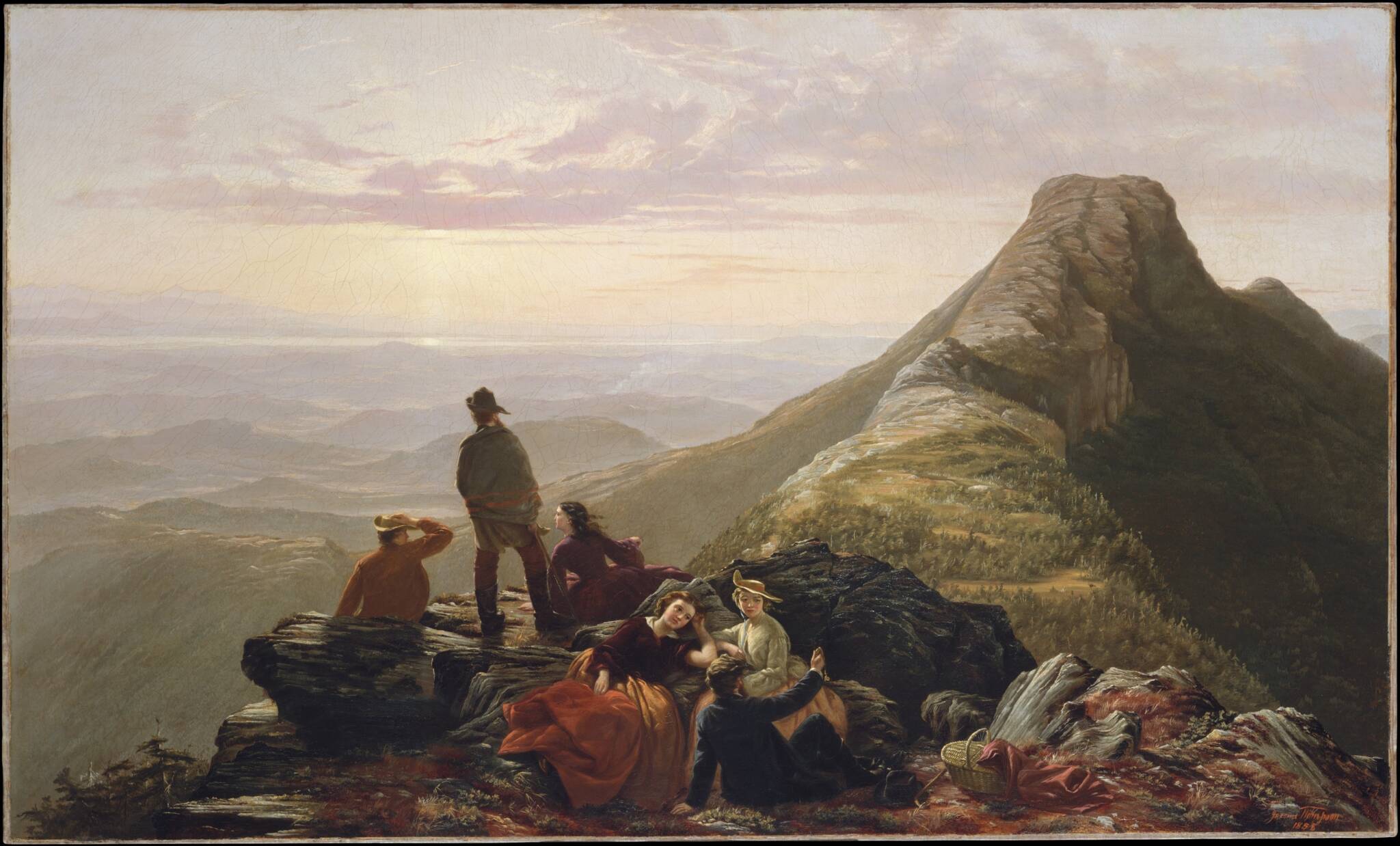
Reading the Future in the Paintings of the Past: Bark, Beetles, and Arboreal Art
University of Southern California Kate Flint
April 18, 2024 · 4:30 pm—6:00 pm · 010 East Pyne
Department of Art & Archaeology

This talk introduces my current project, “The Long Today: Nineteenth Century Painting and Environmental Change,” in which I argue for a reading of nineteenth century British and American paintings that finds the ecological future in the small, everyday details that they contain – items that we may easily pass over in an artwork; items that are readily overlooked in the non-human natural world. It is a historically based reading, exploring shared cultures of close observation, but in looking backwards, one of my major critical tools is contemporary mixed-media art that deploys nineteenth century techniques and motifs to call attention to the long processes of environmental change. Today’s evidence of pollution and global heating found in, for example, lichen, snails, and seaweed, points to a troubled future for pictorial elements that are frequently part of idealized rural scenes, fairy fantasies, or decorate a shoreline. In this talk, I will single out bark for special attention: the bark of the hemlock tree in the United States; the bark of the elm tree in the U.K. These are species that have been damaged or decimated in recent decades by beetles that have taken advantage of changing climatic conditions. This has radically changed iconic nineteenth century habitats and, in turn, has prompted new work that comments on loss and landscape history. Yet I will also demonstrate that not all the narratives of environmental futures that we can draw out of nineteenth century paintings are necessarily pessimistic ones: dandelions and mountainside vegetation, for example, point to the potential for rewilding and regenerative projects. Finally, I pose questions about the place of awe and attentiveness in environmental studies – factors that draw together the emotions, the ecological, and the aesthetic.















